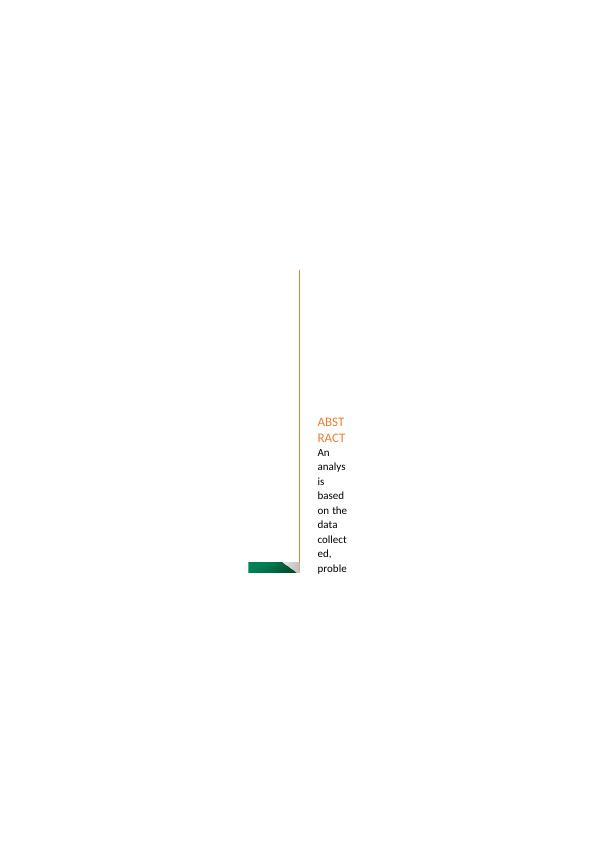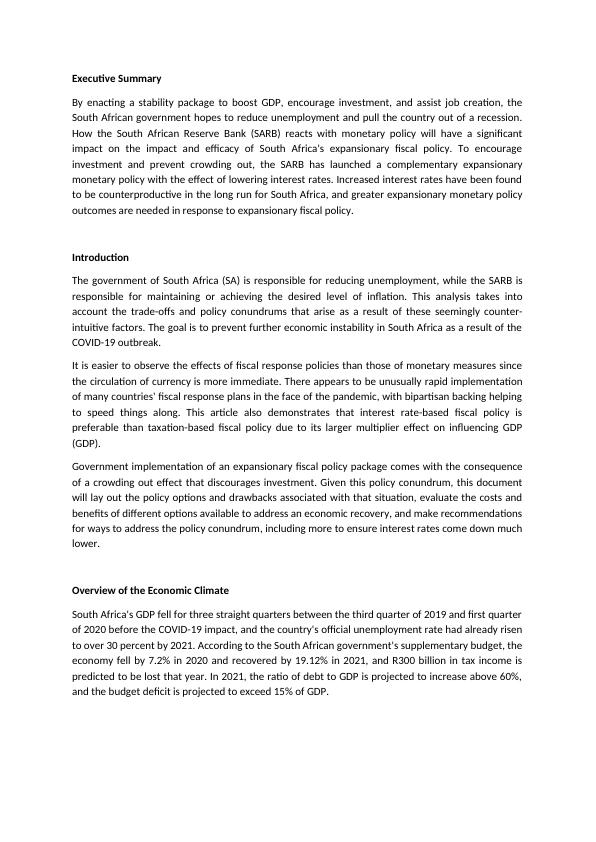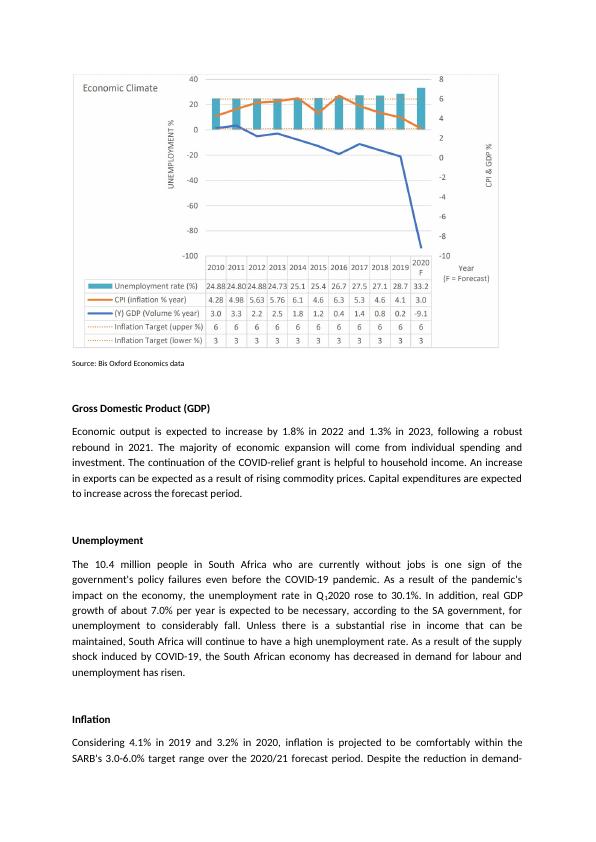Macroeconomic Analyses of South Africa
9 Pages2715 Words85 Views
Added on 2023-01-06
About This Document
This document provides an analysis of the macroeconomic situation in South Africa, including GDP, unemployment, inflation, and debt. It also discusses the government's policy responses and recommendations for reforms to stimulate economic growth and reduce unemployment.
Macroeconomic Analyses of South Africa
Added on 2023-01-06
ShareRelated Documents
End of preview
Want to access all the pages? Upload your documents or become a member.
Macroeconomics Assignment Solved
|12
|2536
|80
Macroeconomic Policies And Great Recession
|5
|1106
|31
Economic Measures to Minimize COVID-19 Impact
|7
|2029
|77
Macroeconomics
|7
|695
|85
Essay on Global Impact of COVID-19 Pandemic
|8
|3477
|95
Principles and Applications of Macroeconomics
|16
|4153
|148



